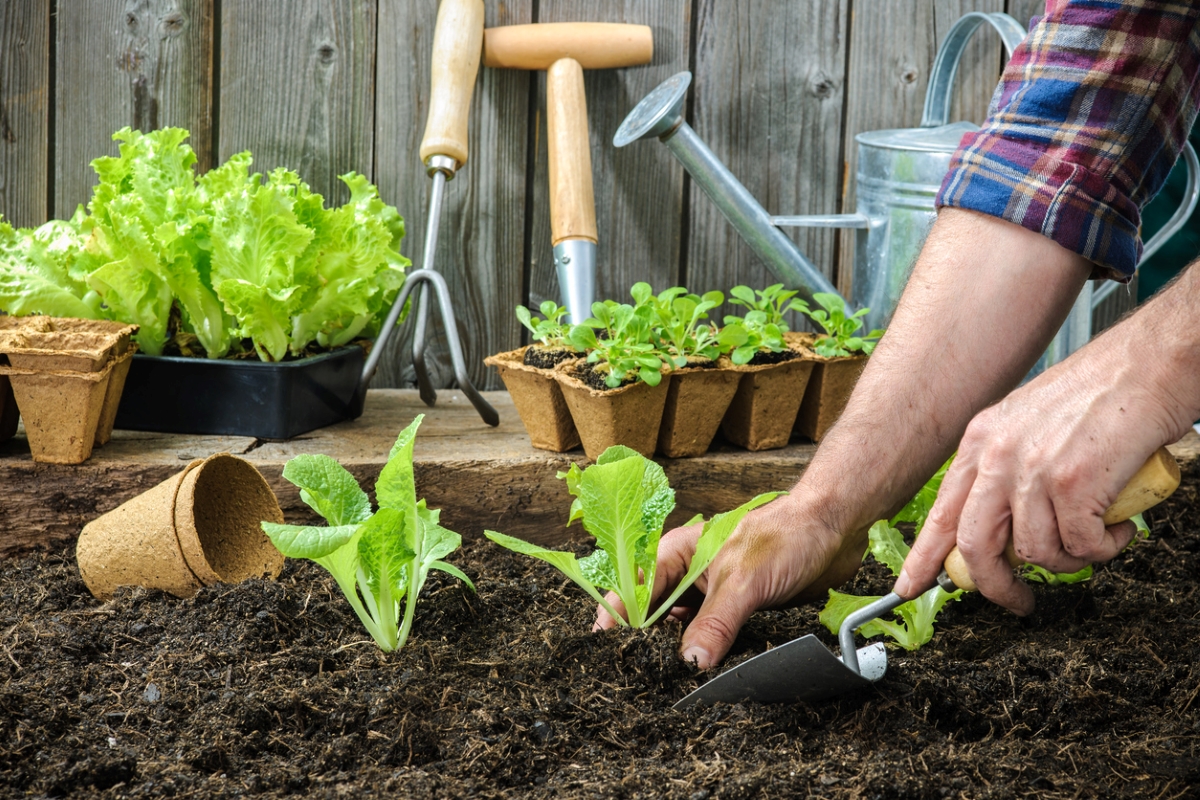

We may earn revenue from the products available on this page and participate in affiliate programs. Learn More ›
If you’ve never planted a vegetable garden—or if you have, but didn’t get the results you wanted—there are two things you can do to improve your odds of a bountiful harvest. First, pick crops that are almost guaranteed to succeed: non-fussy plants that will do their own thing and reward you with plentiful bounty. Second, don’t plant 100 different kinds of vegetables at once. Start with just a few crops and see how it goes. When you’re making salsa with homegrown tomatoes and chiles, your confidence will grow and you can expand your garden next season. As for this year, we have a few easy-peasy plant recommendations to get you going.
Beans
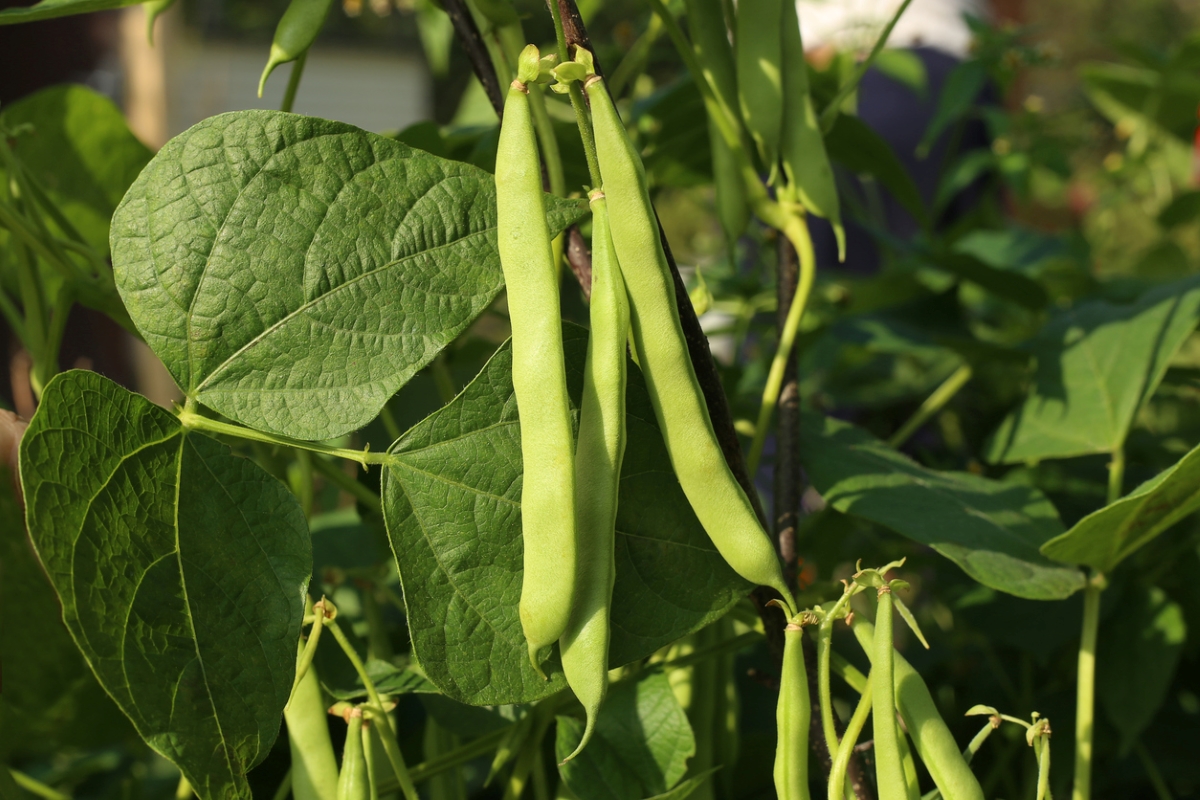
Photo: istockphoto.com
Bush beans are by far the most popular beans for home gardeners. These beans grow on compact, bushy plants, so they don’t need stakes, poles, or trellises. Just plant, and in 7 to 8 weeks, you’ll have a tasty crop that’s ready to pick and eat. Plant bush beans every 2 weeks, and you’ll have fresh beans on your table all summer long, with plenty to freeze or can for winter. If you have more vertical space than area for plants to spread out, consider pole beans, which can grow to a height of 7 to 9 feet. Direct-sow bean seeds in full sun after the soil has warmed and the danger of frost has passed.
Radishes
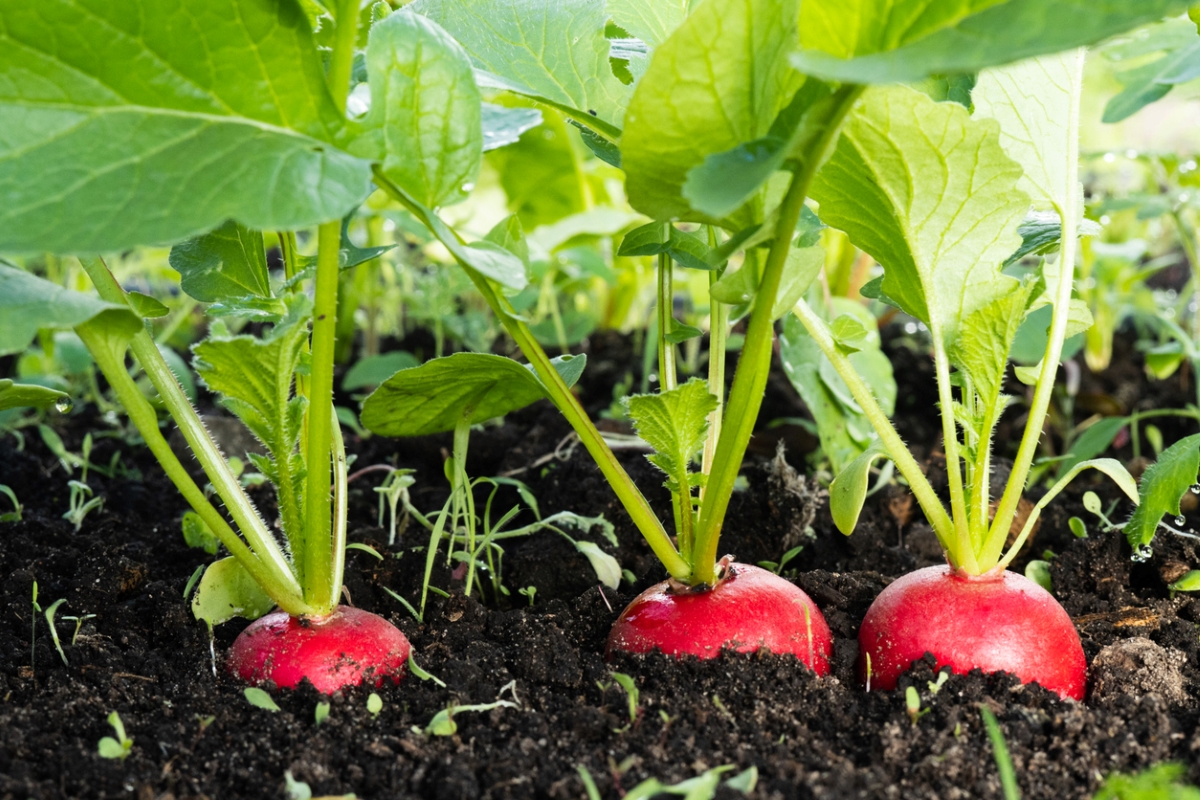
Photo: istockphoto.com
Radishes are as close as you can get to instant gratification in the garden. They are superfast growers and can mature in as few as three weeks! They’re best harvested when they are crisp and mild, so don’t let them linger in the garden too long. A little radish in a salad goes a long way, so do a search for new recipes to find creative ways to use the bounty. To grow radishes, sow seeds directly in the ground or in containers in full sun, 2 to 6 weeks before the last spring frost. They can be sown again in late summer when the soil begins to cool for a fall harvest.
Spinach
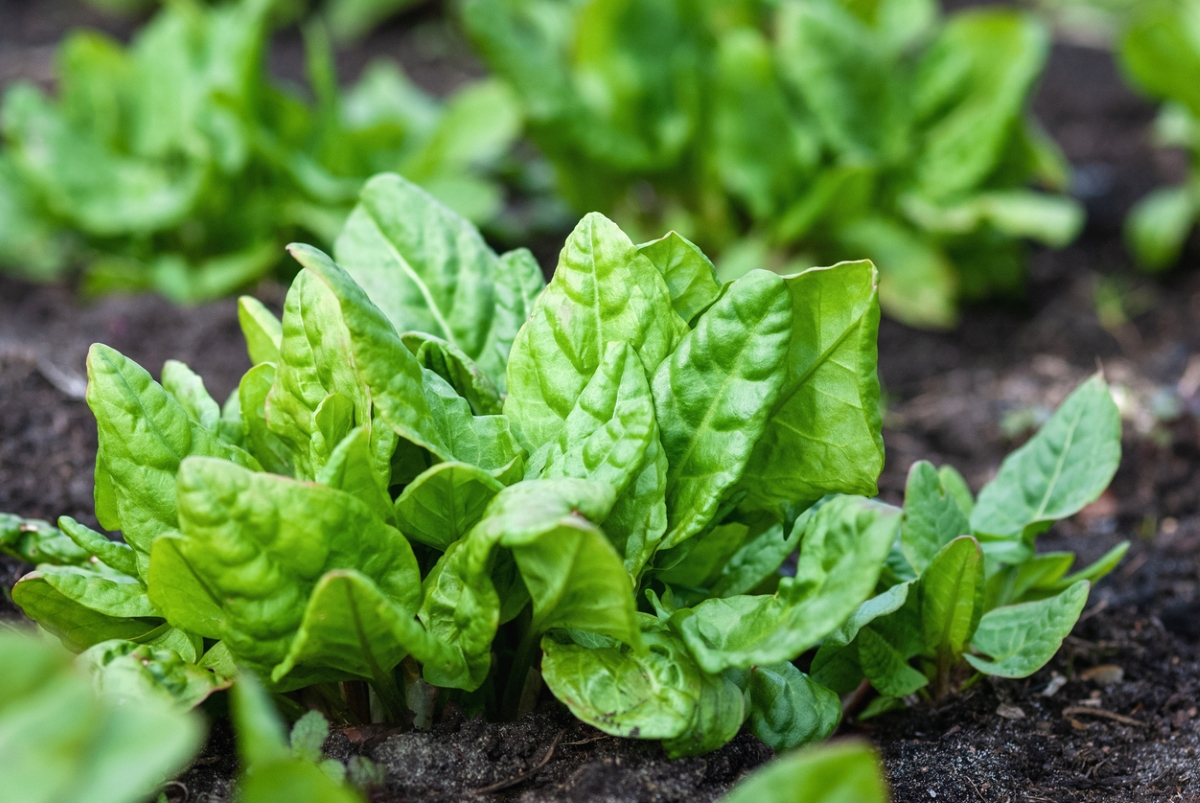
Photo: istockphoto.com
Growing spinach is very easy, making it a great crop for first-time gardeners. This fast-growing plant yields a lot of leaves in the mild weather of early spring and fall. It tolerates cool temperatures, even below freezing, and can overwinter in warmer climates. You’ll know it’s ready to pick when it looks big enough to eat.
Salad Greens
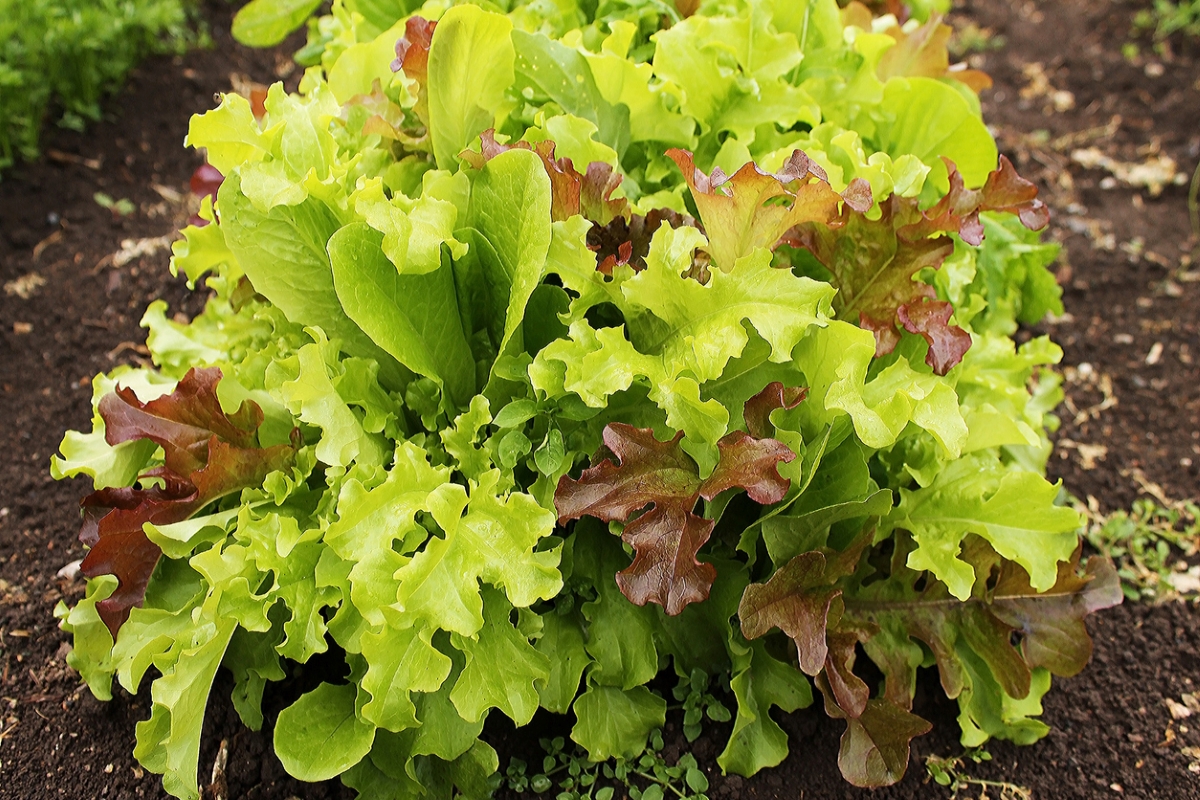
Photo: istockphoto.com
Growing spinach is very easy, making it a great crop for first-time gardeners. This fast-growing plant yields a lot of leaves in the mild weather of early spring and fall. It tolerates cool temperatures, even below freezing, and can overwinter in warmer climates. You’ll know it’s ready to pick when the leaves are long enough to cut.
Broccoli Rabe
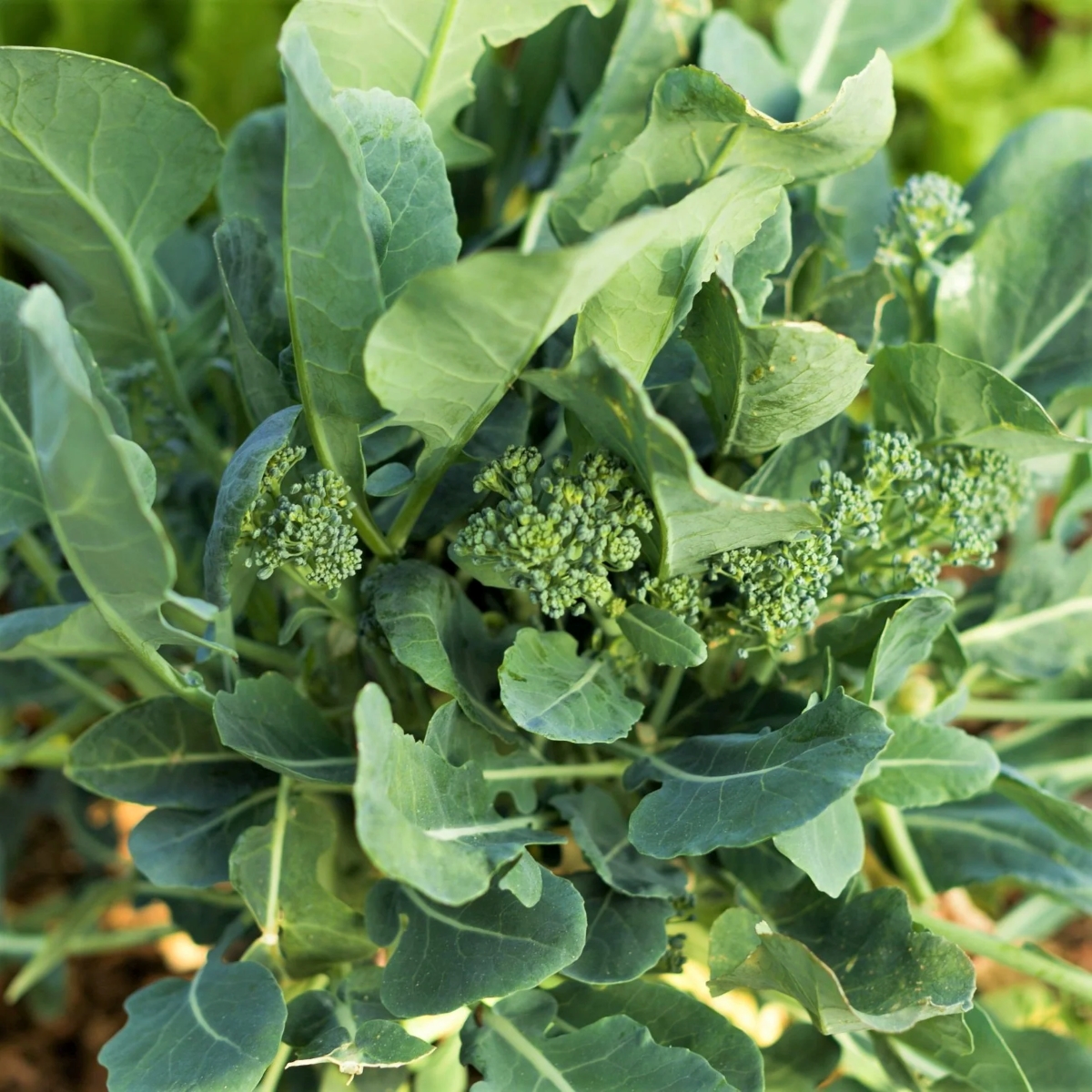
Photo: tomorrowseeds.com
Broccoli rabe is another easy cool-season vegetable that deserves a spot in your garden. The only thing new gardeners need to be aware of is that it bolts very quickly, so harvest as soon as you see the flower buds appear, cutting about five inches below the buds. A new shoot will grow near the remaining stem, and that can be harvested, too. Plant in early spring and in fall, and enjoy.
Swiss Chard
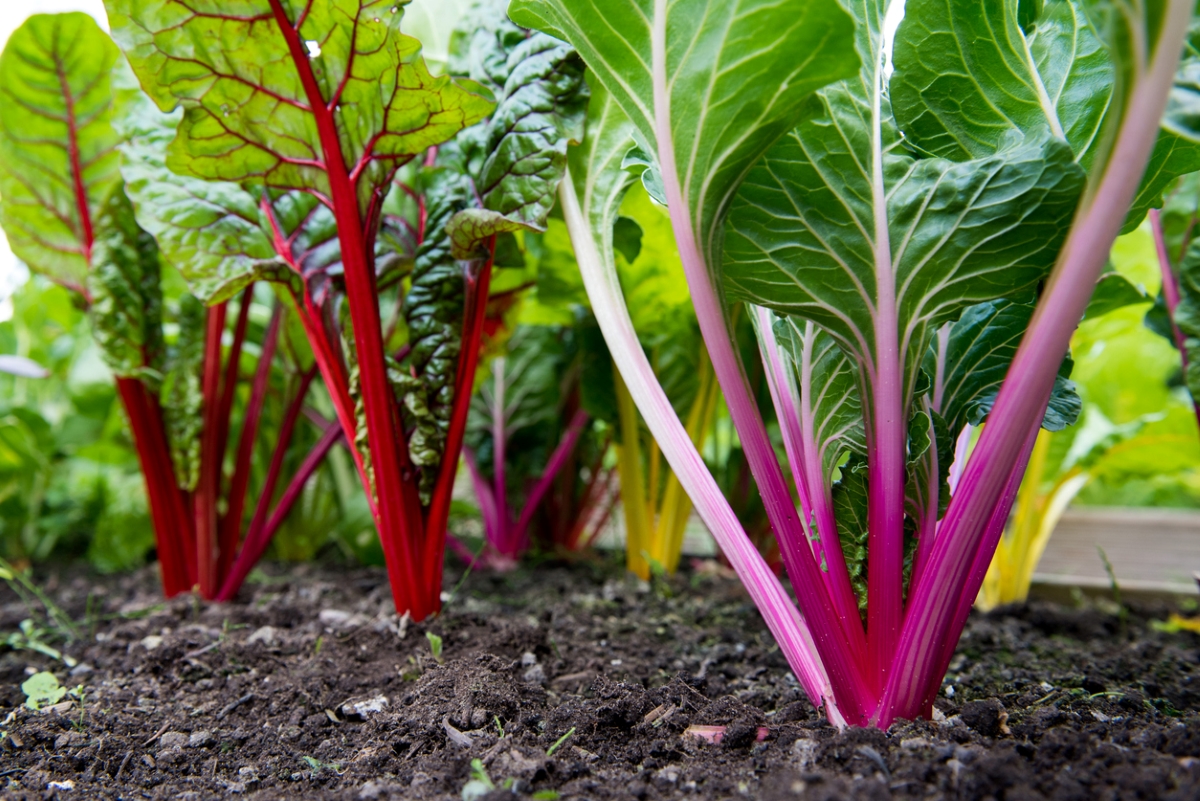
Photo: istockphoto.com
Swiss chard is a hardy grower as well as delicious, nutritious, and colorful. Swiss chard is related to spinach and beets, and its leaves can be substituted for either. The white variety is more productive than the colored ones, but you can’t beat rainbow Swiss chard for its ornamental value both in your garden and on your plate! Another cool-weather crop, Swiss chard can be planted in fall and spring. You can sow Swiss chard seeds directly in the ground in a location that receives full sun, 2 to 3 weeks before the last spring frost.
Zucchini
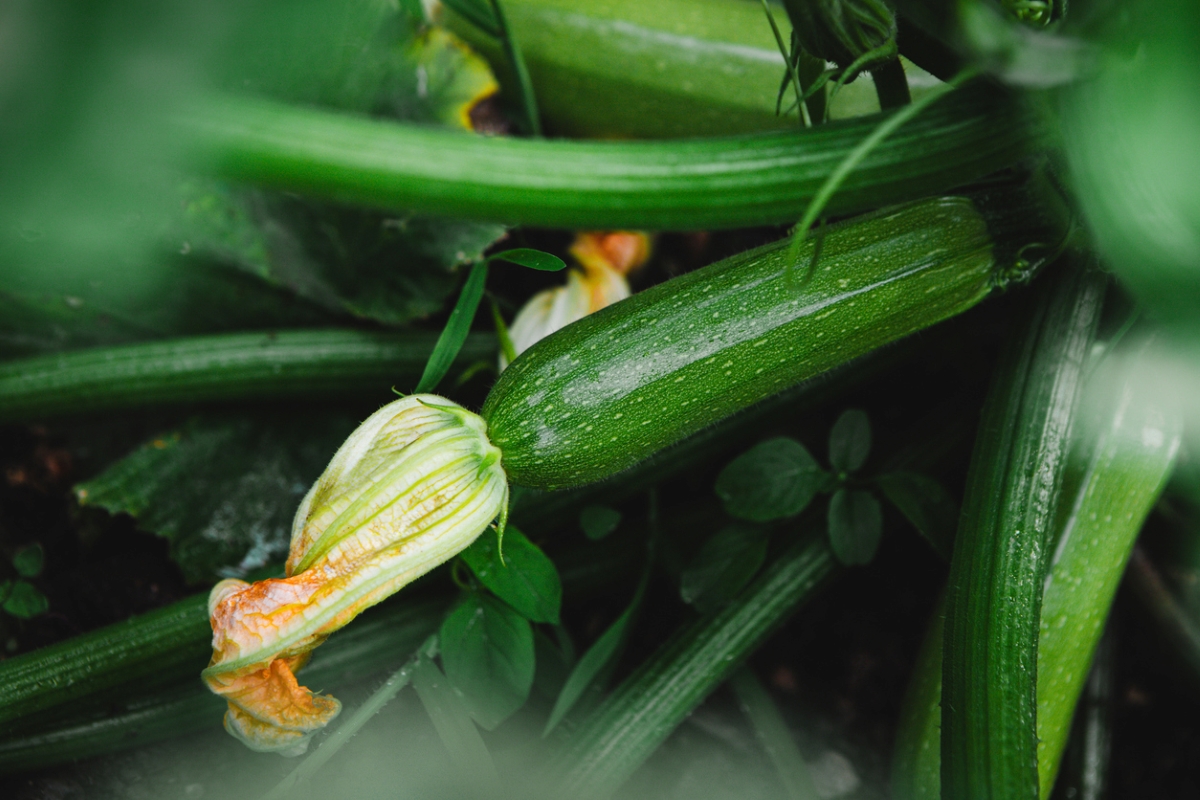
Photo: istockphoto.com
Zucchini is an ideal veggie for a first-time gardener, because it is incredibly easy to grow, particularly if you find a variety that is well-suited to your area. Though it requires a lot of space, it doesn’t require a lot of patience. Direct-sow zucchini seeds in full sun after the danger of frost has passed. Once fruit sets on the plant, it grows faster than you can imagine—growing to maturity, literally, in hours.
Rhubarb
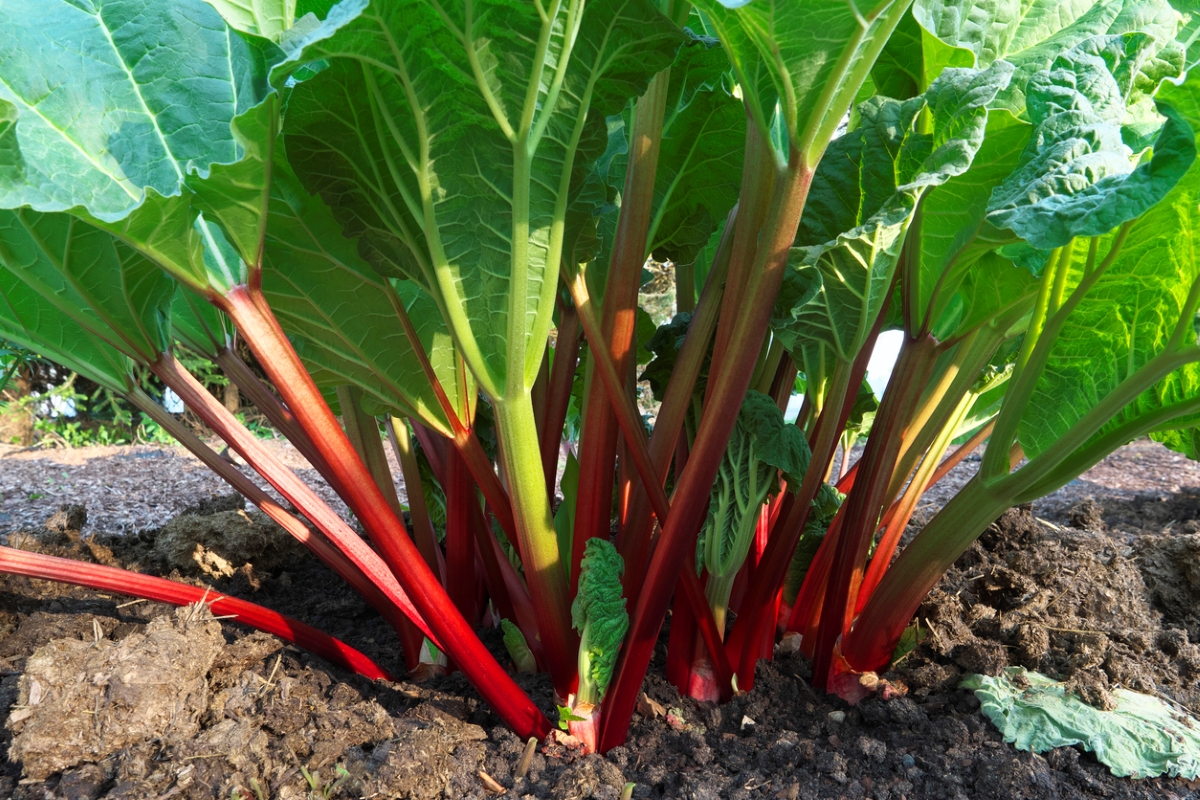
Photo: istockphoto.com
Rhubarb is drought-resistant and winter-hardy, and it is free of most pest and disease problems. It grows well in cooler climates, especially in the northern United States and Canada. It’s perennial and will continue to grow for 8 to 15 years, though you should refrain from harvesting anything the first year to give the plant time to establish. It can thrive despite neglect, which makes it perfect for inexperienced gardeners.
Basil
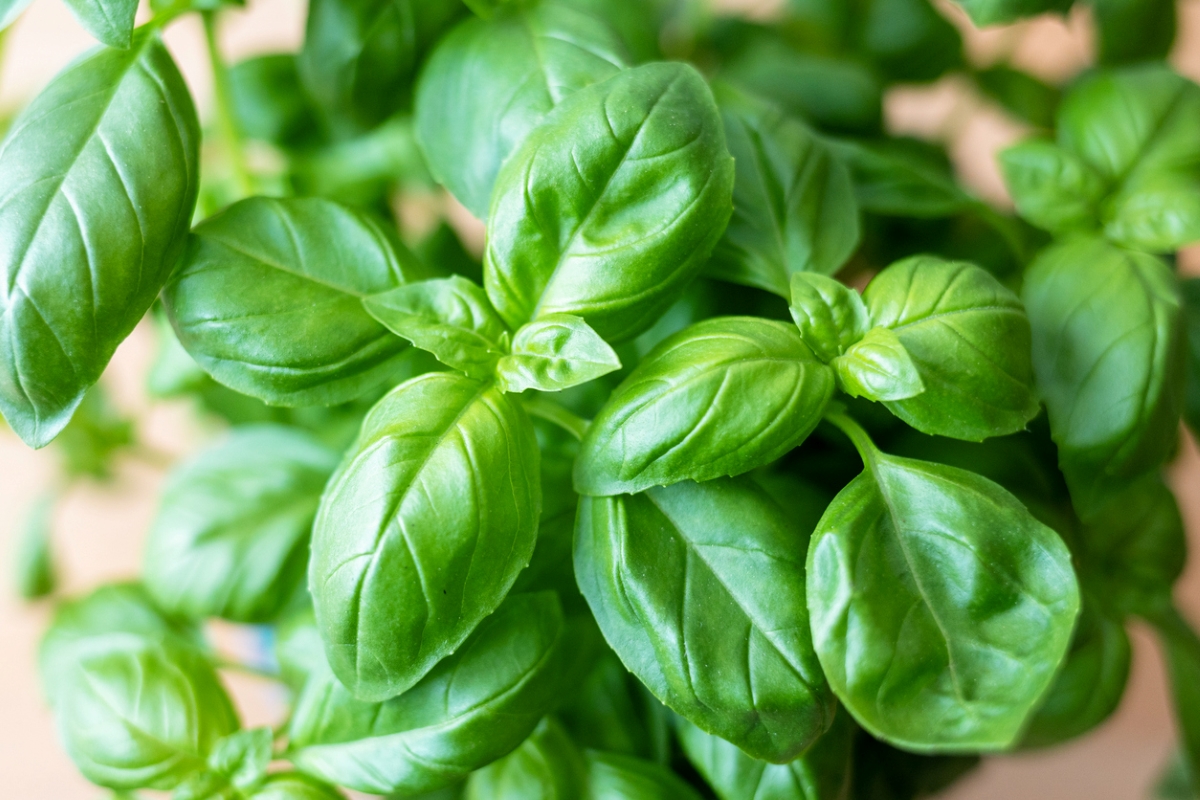
Photo: istockphoto.com
Herbs are extremely easy to grow, and basil may be one of the most popular. It not only smells and tastes delicious, it looks beautiful in the garden and is lovely as an addition to landscaping. One warning: It is very frost-sensitive, so be sure to wait until temperatures are consistently above 50 degrees Fahrenheit before planting outside. You might look for a variety that is slow to flower and allows for continuous harvest. In full sun, plant from seed or from nursery starts. Basil is easy to grow in containers, but be sure to water it regularly to keep it from drying out.
Kale
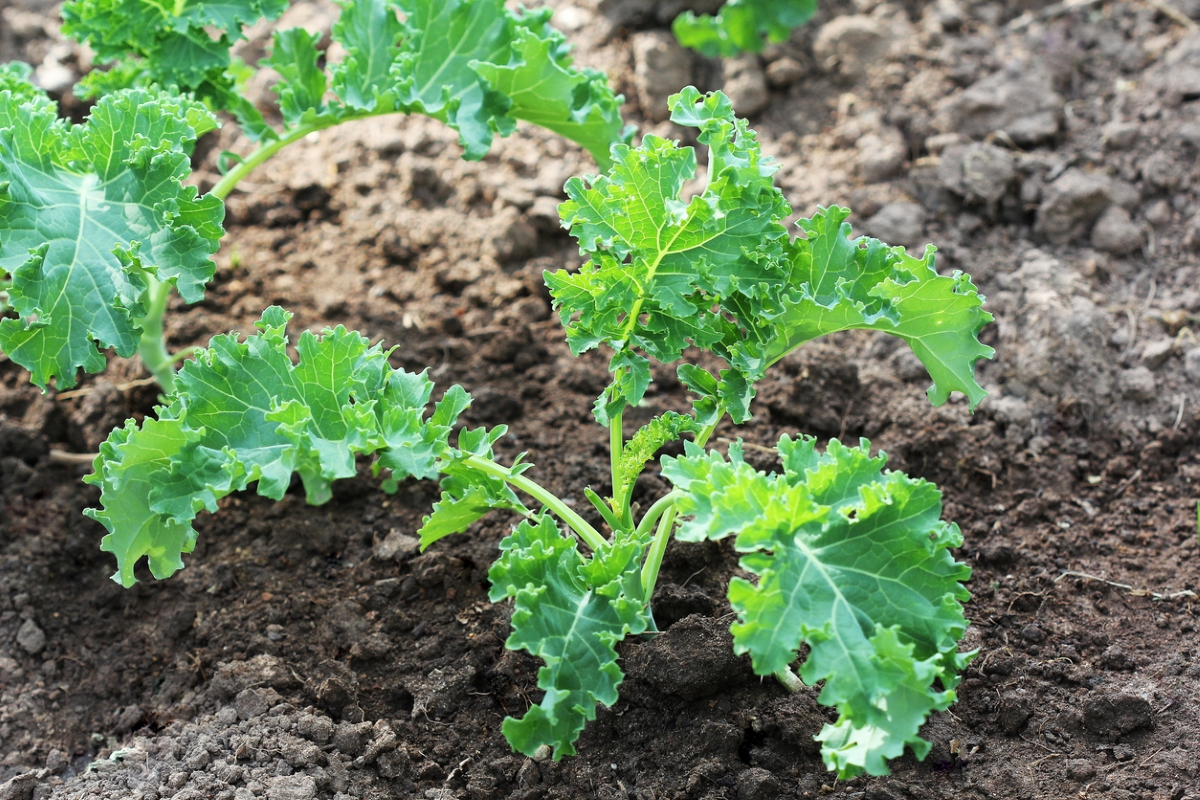
Photo: istockphoto.com
Kale is an easy-to-care-for, cold-hardy green. In fact, its taste benefits from a little nip of frost. You can enjoy this leafy vegetable raw in salads, or steamed, stir-fried, even roasted. Kale chips are the new crunchy munchy. Harvest leaves from the bottom, and leave at least four growing from the crown so the plant will continue to produce.
Peas
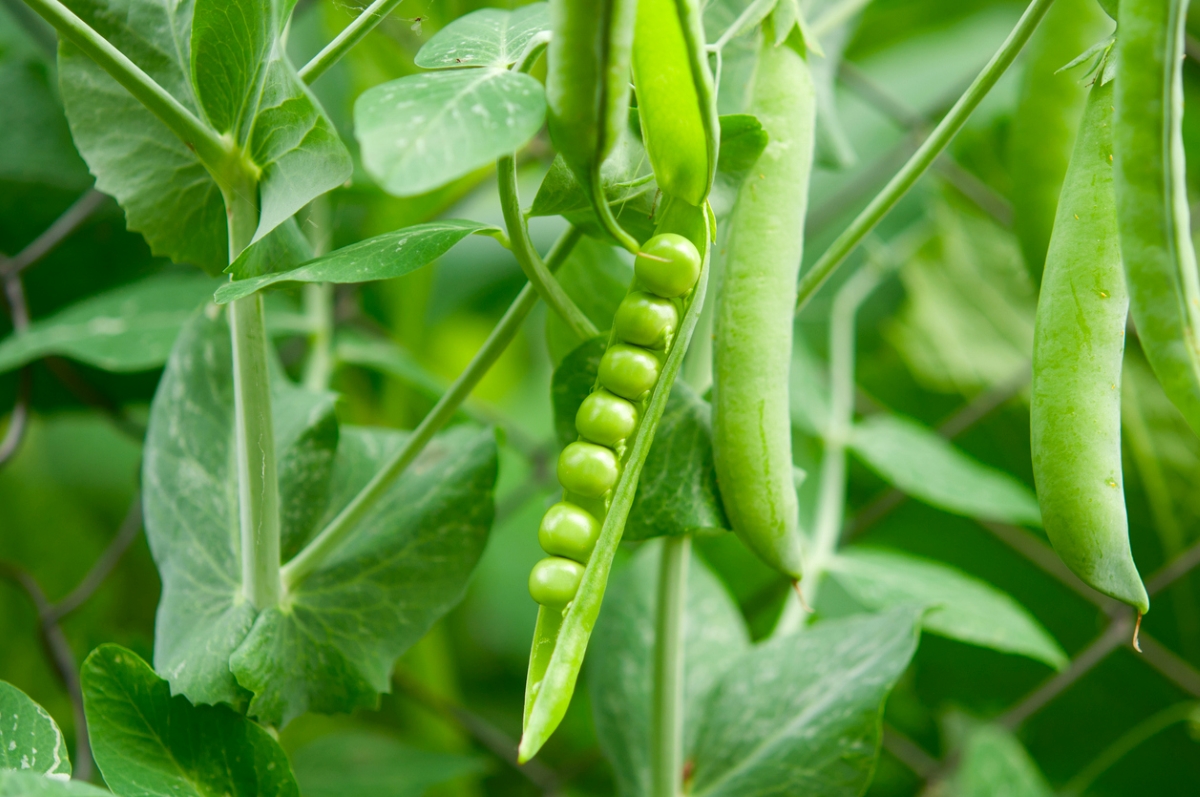
Photo: istockphoto.com
Easy-peasy peas love cool weather and can tolerate a few light frosts. Direct sow peas in full sun approximately one month before your region’s frost-free date. Many pea varieties mature quickly, making the legume a wonderful plant for kids—who tend to be impatient!—to grow. Look for vining types, which scramble up trellises, or bush types, which will do well in a patio container.
Chives
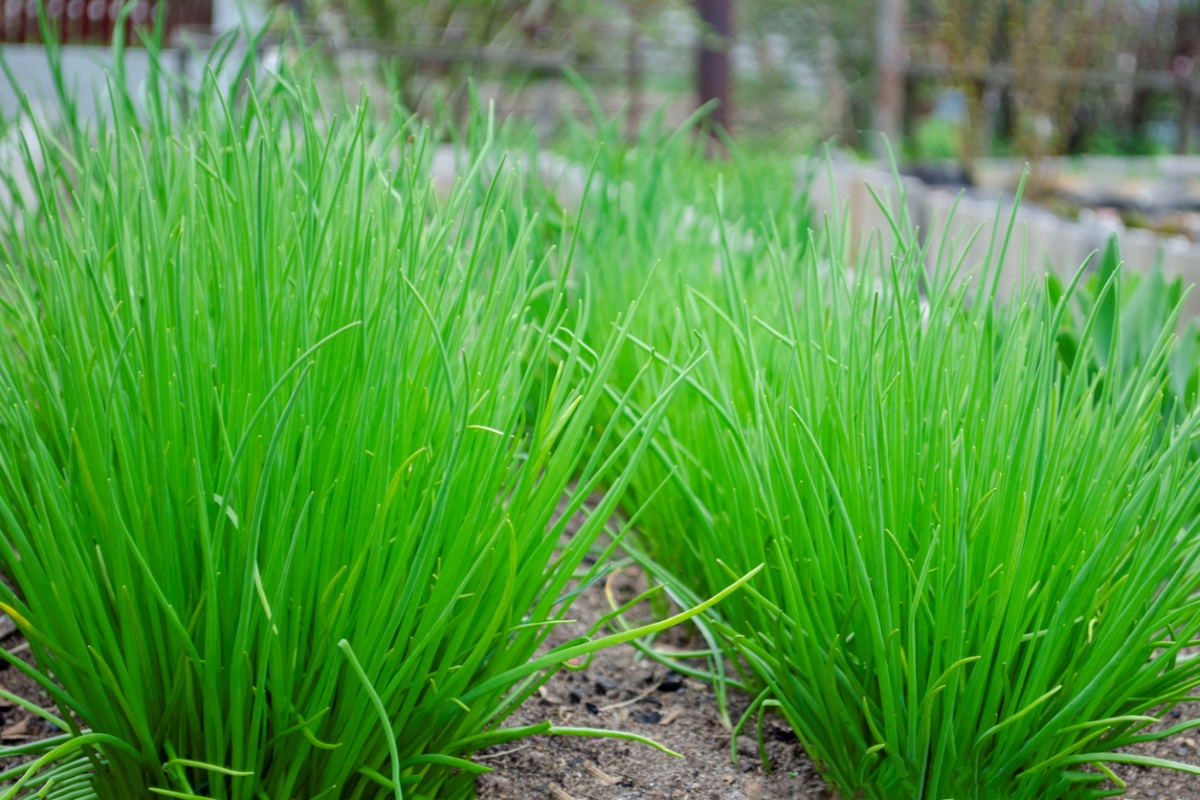
Photo: istockphoto.com
Sprinkled over a baked potato or added to soups and salads, chives are the perfect edible ornamental. Strappy green leaves in spring give way to delicate white globes later in the season, and the plant is a pollinator magnet! Direct sow or plant nursery starts at any time from spring through summer, either in the ground or in containers placed in full sun. Plant chives along the edge of a garden bed—they’re excellent deterrents for rabbits and other garden pests—and they’re perennial in USDA hardiness zones 3 through 9.
Peppers
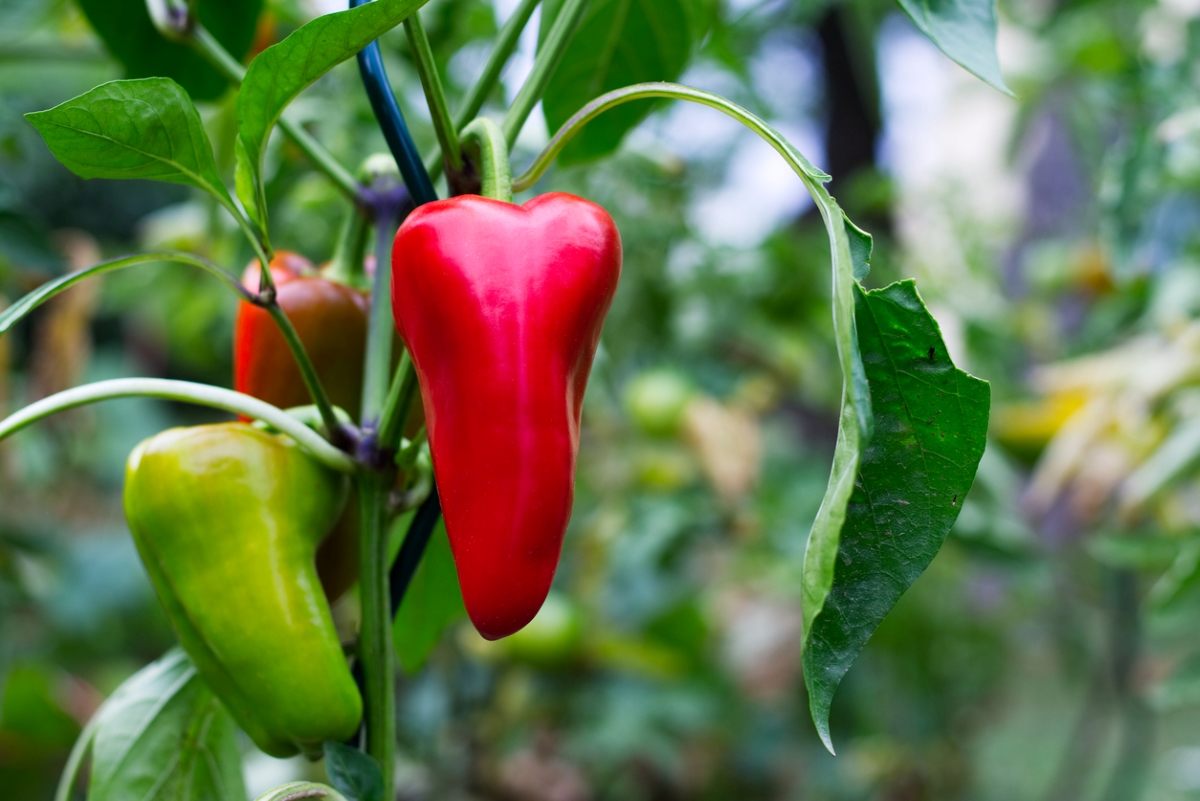
Photo: istockphoto.com
Chile peppers are extraordinarily easy to grow. With little care and no need for fuss, one plant will produce many, many peppers, and the more you pick, the more yield you’ll have. With 50,000 types of peppers to choose from, you’ll certainly find a plant or two that meets your culinary and environmental needs. Sow seeds indoors 6 to 8 weeks before you plan to put them outside after danger of frost has passed, then plant them outdoors in full sun.
Tomatoes
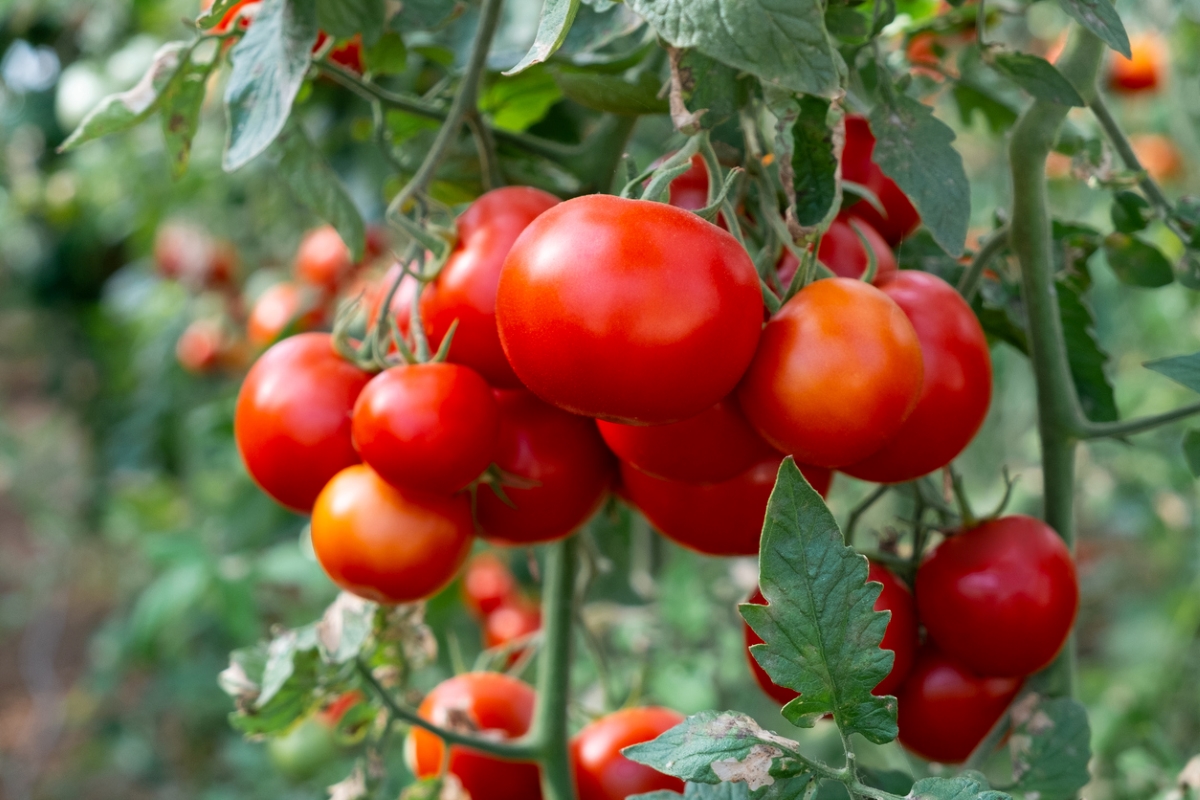
Photo: istockphoto.com
Tomatoes are a popular crop for home gardeners, not only because they are so versatile in the kitchen, but also because they are fairly easy to grow. There are thousands of varieties to choose from, so pick types that do well in your area, and sow seeds indoors 6 to 8 weeks before you plan to put them outside in full sun, when soil temperatures have warmed to at least 55 degrees Fahrenheit. Tomatoes are heavy feeders; fertilize the soil before transplanting your seedlings, and then again after the first fruit set. Some of the best companion plants for tomatoes include pumpkins, garlic, and basil.
Mint
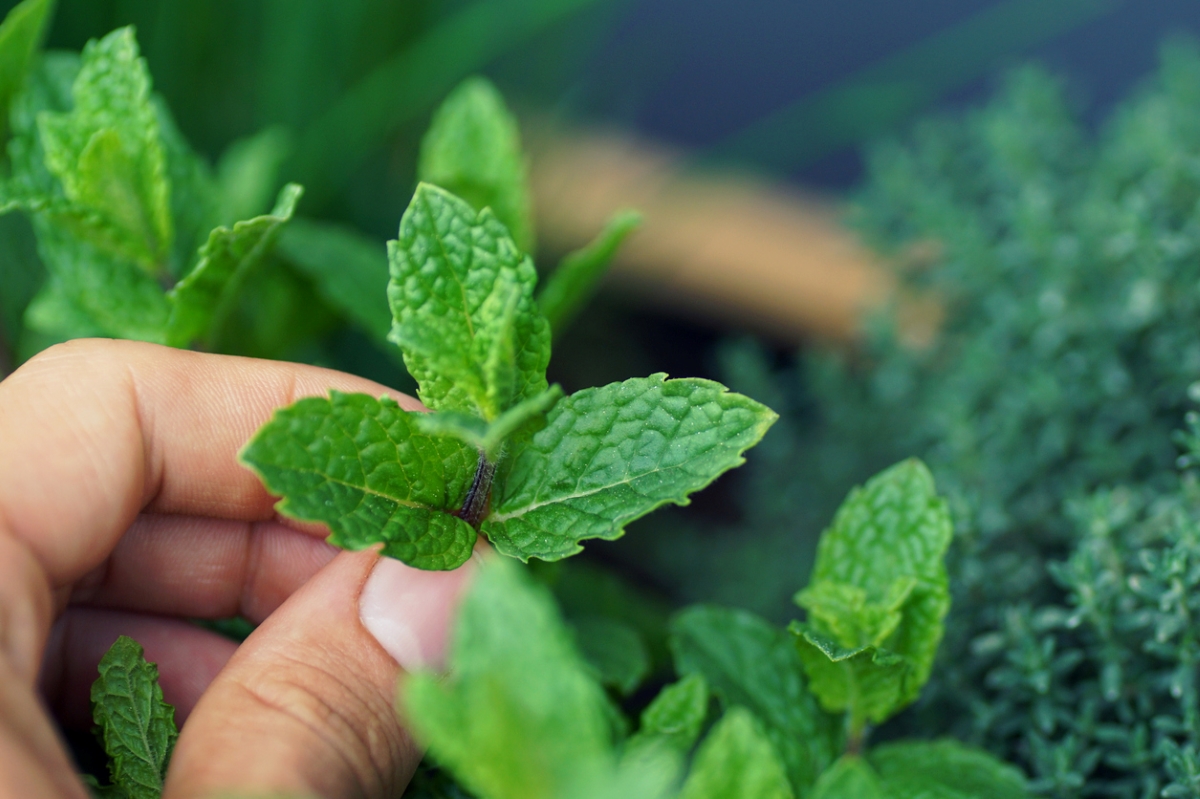
Photo: istockphoto.com
Mint grows so well, it’s considered invasive. Plant this fragrant and tasty herb in containers so it doesn’t overtake your garden beds. Place the containers in full sun and be sure to give mint plenty of water. Watch for butterflies and bees, as mint flowers are pollinator magnets.
Cucumbers
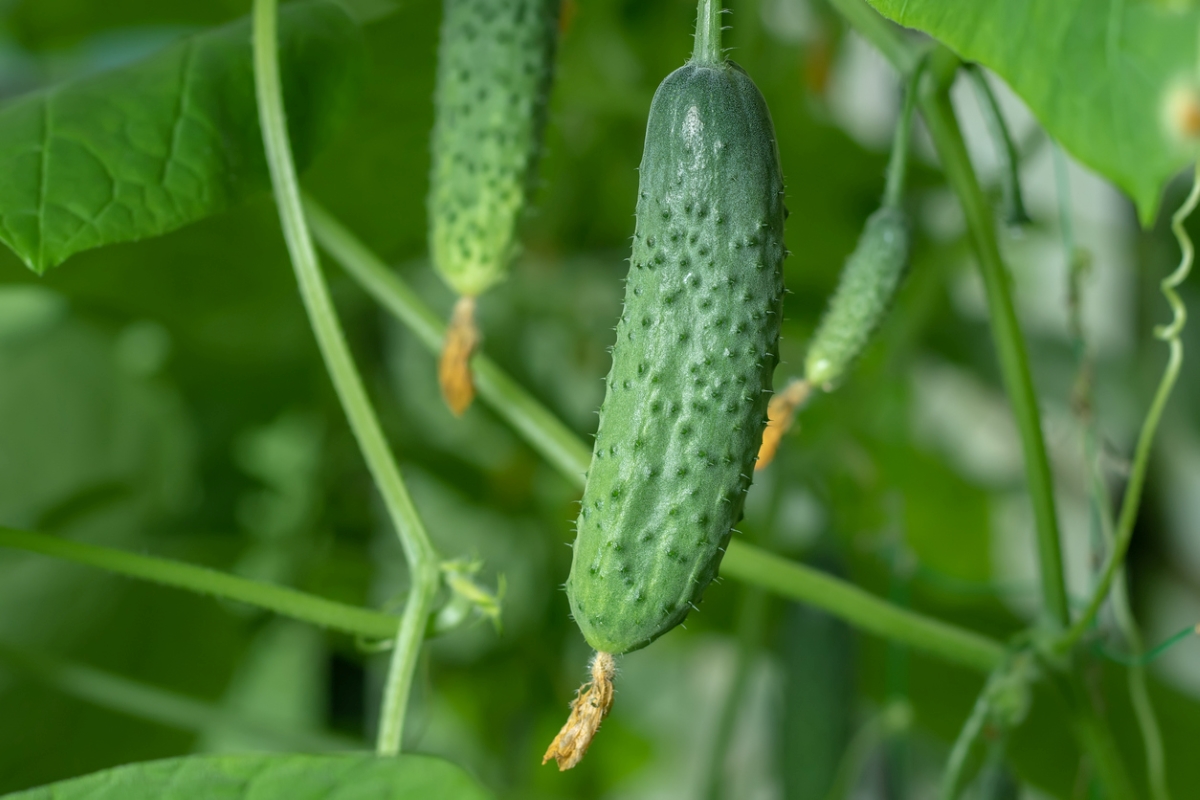
Photo: istockphoto.com
Whether for slicing or pickling, cucumbers are easy to grow. You’ll find vining and bush forms, and types that do better in some regions than others. Pick the perfect cuke for your garden, and start seeds indoors three weeks before your last freeze, or direct sow after danger of frost has passed. Plant in full sun and water regularly. Some of the best companion plants for cucumbers include dill, bush beans, and sugar snap peas.

Our Best Advice for Beginner Gardeners
We’ll help you set up your first garden—whether that’s a few pots on your patio, a raised bed, or an in-ground plot out back—and select the right plants for your soil and region.